If left unchecked, spider mites are a devastating pest that can destroy your crop within a few weeks.
Thankfully, there are many choices of predators on the market that can help with a spider mite infestation, but some of them are specialized to work in certain situations, so it is critical that you make the correct choice to ensure proper spider mite control.
Before choosing the best biological control product, it is important to ensure you are dealing with the most common spider mite species; Tetranychus urticae, which represents most spider mites found in Canadian crops. Why? Certain biocontrol’s (i.e., Phytoseiulus persimilis - Spidex) will only prey on Tetranychus sp.
Note: Other spider mite species found in Canada are the European Red Mite (Panonychus ulmi), Carmine Mite (Tetranychus cinnabarinus), etc.
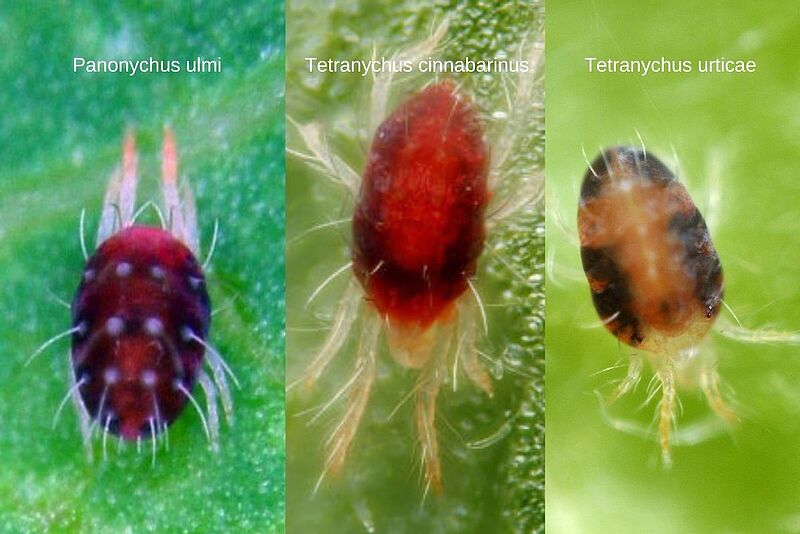
Spider Mite Control Products
The primary types of biological controls are Predator Mites, Gall Midges, and Predatory Beetles. In most situations predatory mites (Spidex - Phytoseiulus persimilis and Spical - Neoseiulus californicus) are all that is needed for an effective spider mite control program. Gall midges and predatory beetles are typically supplementary only. Gall midges (Spidend – Feltiella acarisuga) and predatory beetles (Stethorus punctillium) are primarily used in greenhouse vegetable (cucumber and pepper) crops for additional hot spot control in addition to predator mites which provide the backbone of the program.
Predator Mites
Predator mites are small, naturally occurring mite species that thrive in various environments, including the underside of leaves, inside flowers, and in the soil (depending on the species). They are the optimal choice for most spider mite control scenarios due to their ability to remain within the crop, rapidly increase in numerical response to the pest life cycle, and hunt prey by detecting plant volatiles emitted from spider mite-damaged areas. Predator mites have long been proven effective and economical for spider mite control. Since 1967, Koppert has been rearing and selling Phytoseiulus persimilis (Spidex) to support this effort.
Predator Mites used for Spider Mite Control Fall into Three Primary Classes:
Type 1: Specialized Mite Predators – These are obligatory predatory mites of spider mite species.
- i.e., Spidex (Phytoseiulus Persimilis), which are specific to Tetranychus sp.
Type 2: Selective Predators of Tetranychus sp. – These are typically predatory mites that are primarily focused on preying on web spinning mites such as Two-Spotted Spider Mite, but can also survive on other food sources such as thrips, pollen etc.
- i.e., Spical (Neoseiulus californicus) & Neoseiulus fallacis
Type 3: Generalist Predators - These are predatory mites that prey on, and can reproduce on, a host of pests. They will prey on spider mites, but do not have a strong preference for them. This makes them a poor choice for biocontrol. These types of predator mites are commonly used for thrips and whitefly control.
- i.e., Swirski-Mite (Amblyseius swirskii), Thripex (Neoseiulus cucumeris), Anso-Mite (Amblyseius andersoni), Amblyseius degenerans, and Limonica (Amblydromalus limonicus)
For most situations, Spidex (Phytoseiulus persimilis), Spical (Neoseiulus californicus) or a combination of the two will be the best for your situation.
Spidex is a type 1 specialized predatory mite. It is better adapted to hunting in heavy webbing than other predatory mites, has the highest numeric response to spider mites, and does not require specialized plant hairs to oviposit (lay eggs) on (unlike most predatory mites). This makes it better able to reproduce on plants lacking these hairs such as cannabis or many ornamentals. In these crops, Spidex will oviposit directly onto the leaf surface or into spider mite webbing. The downside to this predator mite is that it declines in crops quickly during low levels of spider mites and only controls Tetranychus sp. of spider mite.
Note: To learn more about this product read this article: Choosing Between Spidex Red and Spidex Vital | Koppert Canada
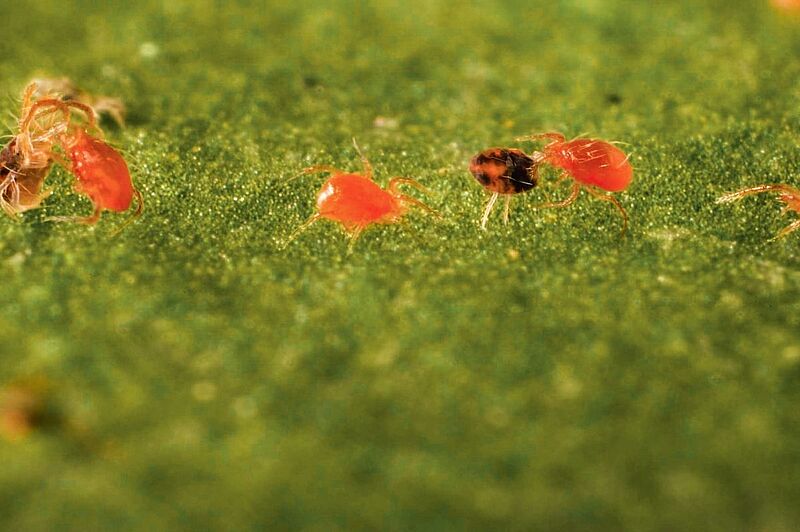
Spical is a type 2 selective predatory mite. It is best used preventatively or in low pest density situations. It will disperse more than Spidex finding smaller spider mite populations, can survive longer without a food source, and predates on many less common mite species (European Red Mites, Carmine Mites, Flat Mites, Cyclamen Mites, Broad Mites, etc.). The downside to this predatory mite is that it requires specialized plant hairs to oviposit. These are present in traditional vegetable crops like cucumber and peppers, but often lacking in crops such as cannabis and many ornamental plants.
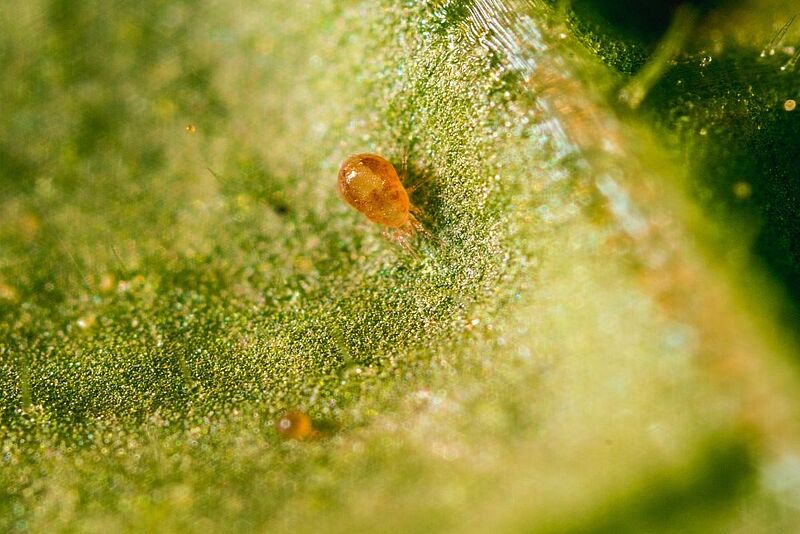
Other Mites that have Been Thrown into the Spider Mite Biocontrol Market are:
Anso-Mite (Amblyseius andersoni): This predatory mite has been sold to control spider mites, but it is a type 3 generalist predator mite, so it is not a smart choice for spider mite control. It is better used as a generalist predator, similar to how Amblyseiulus swirskii or Neoseiulus cucumeris are used, except in cooler weather conditions.
Neoseiulus fallacis: This is a type 2 predatory mite, so it will feed on spider mites. Neoseiulus fallacis works similar to the more commonly used Spical (Neoseiulus californicus), however mostly utilized in outdoor cool climate fruit crops where it is a common native predator.
Gall Midges
Spidend (Feltiella acarisuga) is the only commercially available gall midge species for spider mites. It is sold in the pupa form. Once placed in the crop the pupa emerges into an adult. The adults actively search for spider mite colonies and deposit eggs next to them. Once the larva emerges, they feed exclusively on spider mites.
This product is best used in crops such as cucumber, eggplant or peppers that regularly have some hot spots for Spidend to establish and spread from. Spidend has a remarkably high numeric response to spider mites and an excellent searching capability, so once established they often find and clean up hot spots before growers even notice them. The major downside to this biocontrol is that it is sensitive to climate conditions and pesticide residue due to its efficacy varying between crops and geographies.
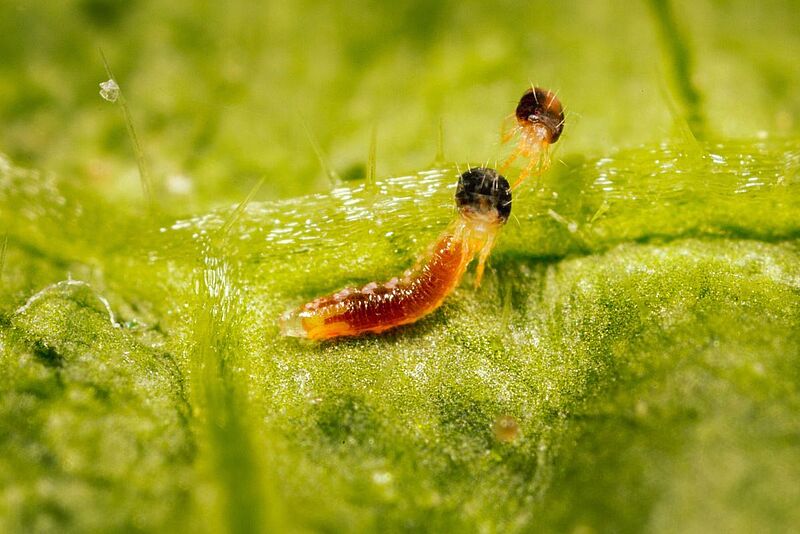
Predatory Beetles
Stethorus punctillium (aka the Spider Mite Destroyer) is the only commercially available spider mite specific predatory beetle. It works best when there are large, localized spots of spider mites and is most used in cucumber and pepper greenhouse crops with traditionally heavy pest pressure. Once placed in the crop, Stethorus punctillium disperses through the crop by air, hunting by scent, and multiplying in high mite density areas. Stethorus punctillium will also feed on some of the less common mites previously discussed, as well as diapausing spider mites.
There are some limitations that come with this biological. It is slow to develop in low light and low temperatures and it is more prone to disperse from the crop than other biologicals. Stethorus punctillium is typically not a standalone product but can be a useful addition to predator mites in some situations.
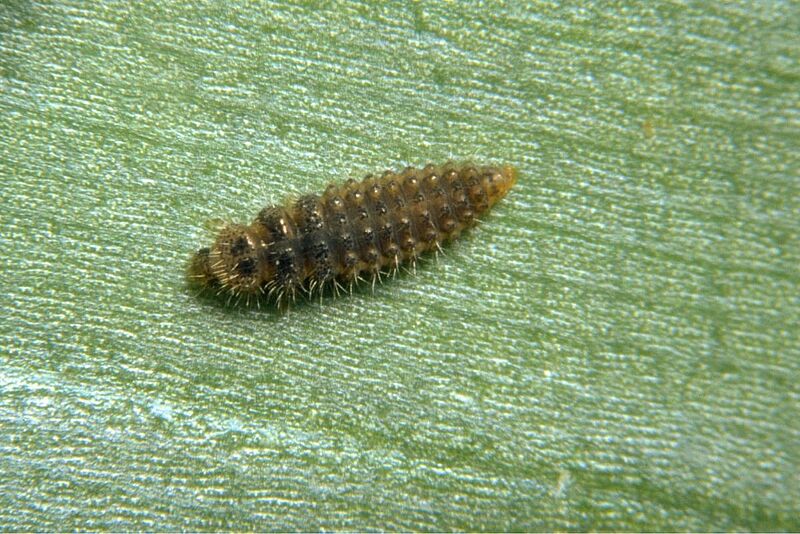
Conclusion
There are various predatory mites and other biological controls available to combat spider mite infestations. However, it is crucial to select the appropriate predator based on the specific conditions and mite species present to ensure effective control. Understanding the primary classes of predatory mites and their unique characteristics helps in making informed decisions. Utilizing products like Spidex and Spical can form the backbone of an effective spider mite management program, supplemented by other controls such as gall midges and predatory beetles when needed. By choosing the right biological control products, growers can protect their crops efficiently and sustainably.